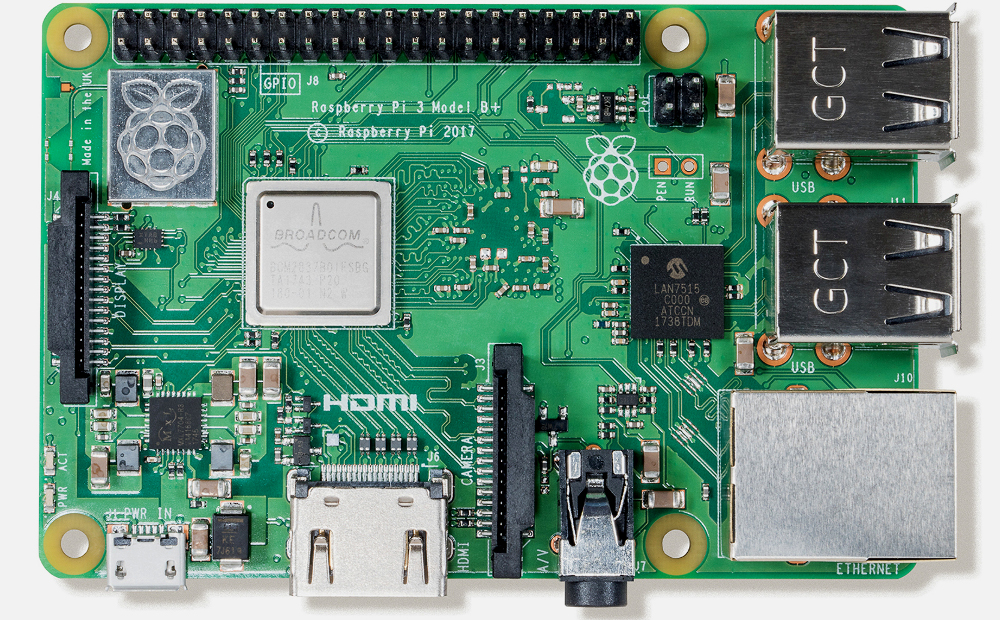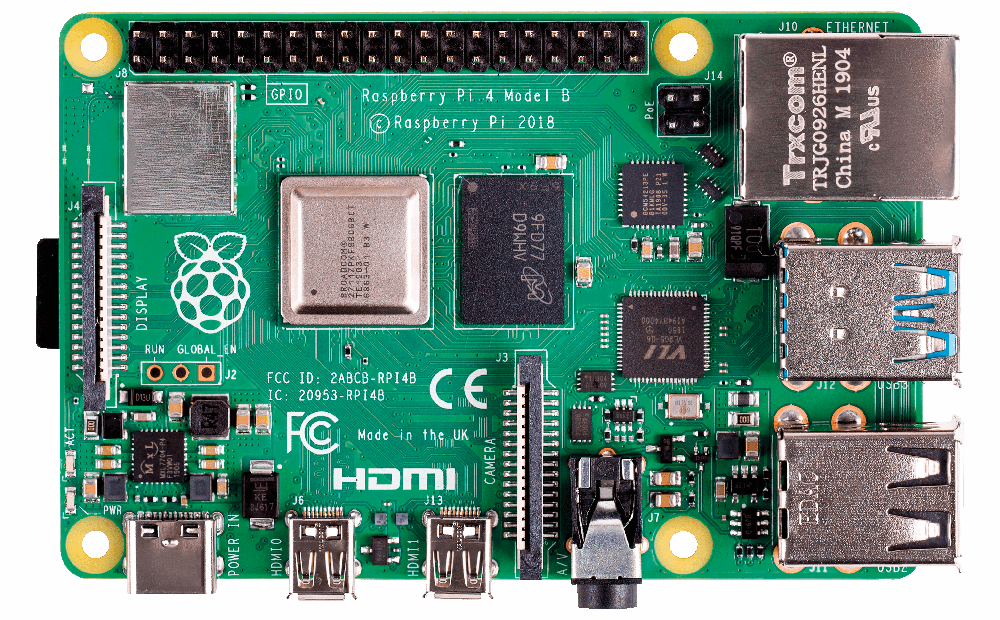|
|
|
|
From the Raspberry Pi page on Wikipedia:
page on Wikipedia:
The Raspberry Pi and Arduino both contain microprocessors, the actual Central Processing Unit (CPU) integrated circuit chips that perform the execution of software code. The Raspberry Pi is a microcomputer, whereas the Arduino is a microcontroller ( AKA Microcontroller Unit or MCU). The Raspberry Pi microcomputer has a full Linux-like operating system (OS); the Arduino generally runs a single program.
The distinctions between microprocessors and microcontrollers can get a bit blurry, since in practice they can often perform similar tasks. But you can think of a Raspberry Pi as almost the same as a desktop computer, without the peripherals. Indeed, some people have outfitted their Pis with keyboards, mice, large screen monitors, and use them for everyday computing tasks.
have outfitted their Pis with keyboards, mice, large screen monitors, and use them for everyday computing tasks.
The Raspberry Pi has several interfaces, the 40 pin GPIO, the 2 pin I2C and the SPI serial interfaces.
Here's a recipe for how to blink an LED on the Raspberry Pi.
The KR01 robot uses a Raspberry Pi 3 B+, the KRZ01 robot uses a Raspberry Pi Zero W.
Links#
- Raspberry Pi
 on Wikipedia
on Wikipedia
- From raspberrypi.org:
- Raspberry Pi home page

- Frequently-Asked Questions

- Documentation

- Raspian
 (the version of Linux
(the version of Linux ported to the Pi)
ported to the Pi)
- Raspberry Pi home page
Pages Tagged "Raspberry Pi"#
How To Backup An Sd Card
Py Mata Express On Arduino
Py Mata Express On Itsy Bitsy
Raspberry Pi
Raspberry Pi To Arduino Over I 2 C



